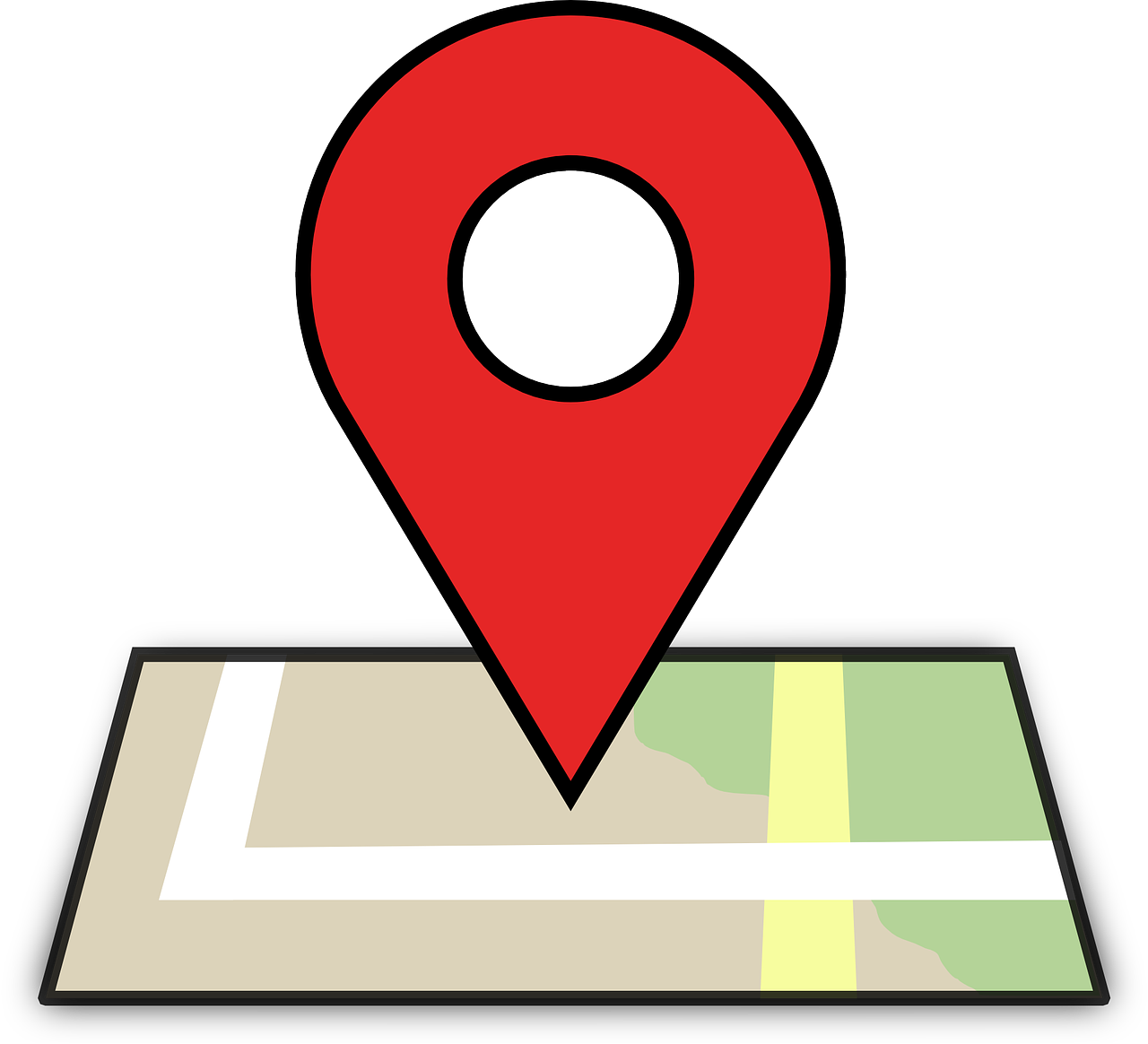Abstract
Codification of observed activity and physical data is a valuable skill for any emergent social scientist; one method to achieve this is data-driven community mapping. However, mapping as a method can often be overwhelming and challenging to students who have so far only dealt in the theoretical and the observed. We as educators can anticipate this by...
Download this resource to see full details. Download this resource to see full details.
Details
- Subject Area(s):
- Applied Sociology/Evaluation Research, Community, Sociological Practice
- Resource Type(s):
- Assignment
- Class Level(s):
- Any Level
- Class Size(s):
- Any
Usage Notes
See attached document
Download this resource to see full details. Download this resource to see full details.
Learning Goals and Assessments
Learning Goal(s):
- Through the completion of this activity and with the aid of a virtually constructed environment, students will understand how to code data on a map and create a coding system for gathered physical data.
- Through the completion of this activity, students will demonstrate a working understanding of how physical/spatial determinants of crime are portrayed within the world around them and interpret what mapped data means.
- Through the usage of virtual environment software, students will be able to apply methodology to social issues around them and formulate research questions from the derived data.
Goal Assessment(s):
- Students will mark indicators on the shared Google Earth map to denote physical determinants as well as indicate their data prevalence within a shared spreadsheet. Faculty checked a random sample of codes in the spreadsheet for accuracy and worked with the students throughout the process to discuss which codes were unclear, how this could impact...
- Students will interpret the virtual mapping experience (how did it feel as well as what they learned) as part of the written component of the assignment and through class discussion.
- Students will describe hypotheses, assess the information they found, and explain their findings within a written reflection activity. They also reflected on the challenges they faces and how they can use the skills they’ve gained in other courses/future projects.
When using resources from TRAILS, please include a clear and legible citation.


